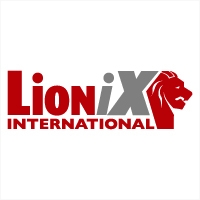Circulating Nano Traces to Identify the Cause of Stroke
In the Western world, stroke is the most frequent cause of major disability and the third cause of death. Half of the stroke survivors need life-long medical support. The causes of stroke can be subdivided into haemorrhagic stroke (ruptured artery) or an ischemic stroke (blocked artery). These different subtypes of stroke need different acute treatment approaches. The ‘Time is brain’ principle is thereby crucial, because 2 million brain cells die per minute in an acute stroke. Currently, a CT-scan in the nearest hospital determines the exact cause of stroke, which is used to decide whether the patient needs further transport to a comprehensive stroke centre, thereby losing precious time. In project CINTICS, we aim to develop nanotechnology to detect ultrasmall traces in the blood containing information about the underlying cause of stroke. We will test the technology in patient blood samples and compare the results to information from CT-scans. We will develop the nanotechnology on a chip with the size of a fingernail to enable early recognition of the cause of stroke in the ambulance. This results in important time savings, because treatment can start already in the ambulance and patients can be transported
directly to the correct hospital for additional treatment. We hypothesize that blood of patients with ischemic stroke contains different EV levels than blood of patients with an haemorrhagic stroke. In addition, determination of EV-bound microRNA and freely circulating RNA profiles would provide an additional tool to improve the sensitivity and specificity of stroke diagnosis.
Main conclusion: initial measurements of microRNA enable early recognition of the cause of stroke in limited samples. A workflow and protocol have been developed to perform concentration measurements of extracellular vesicles to identify the underlying cause of stroke. A biorepository is established to apply the microRNA assay as well as the extracellular vesicle assay to more samples.








